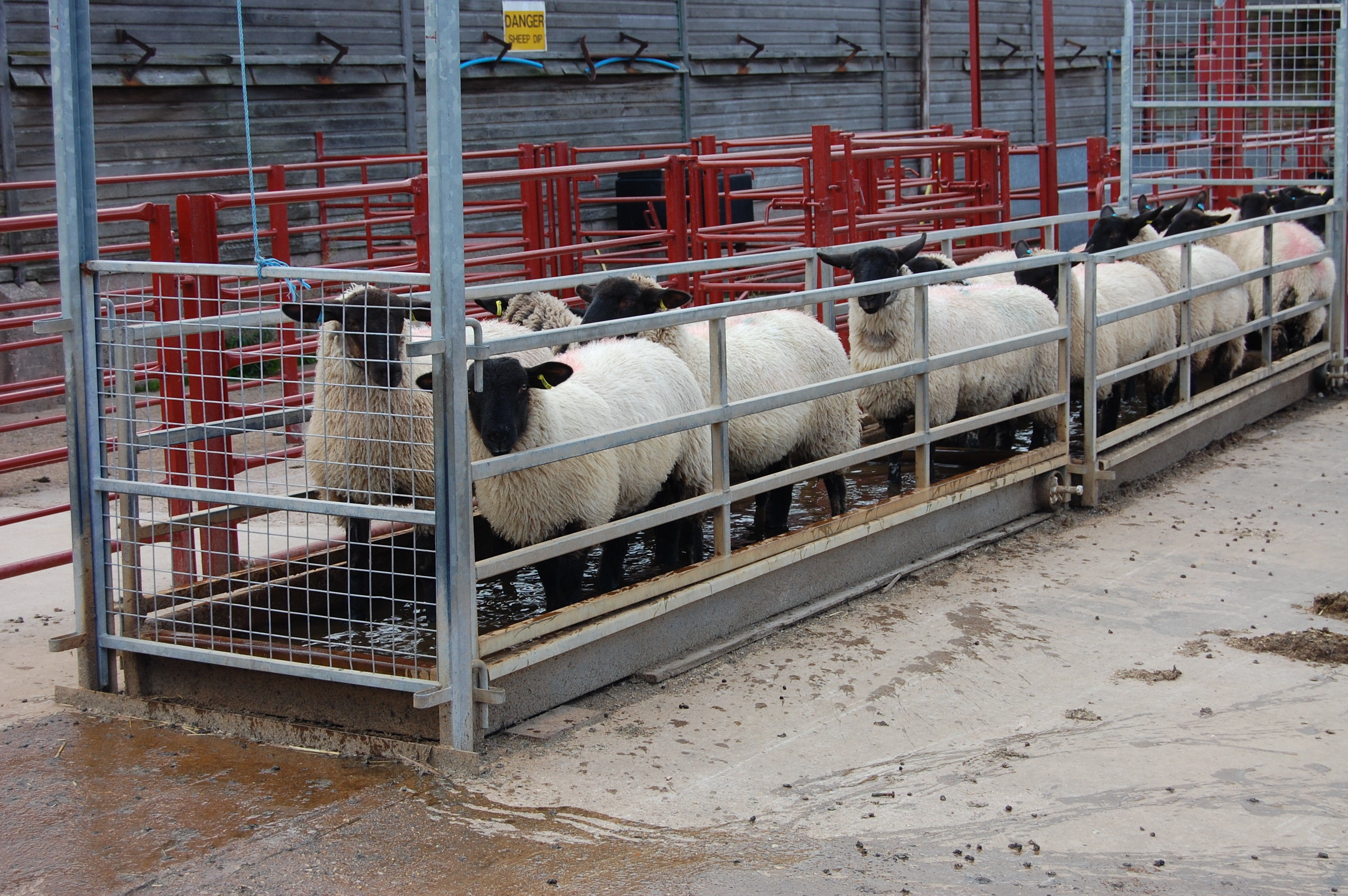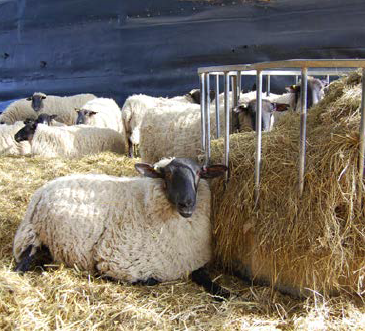- Home
- Knowledge library
- Lameness in sheep: the five-point plan – avoid
Lameness in sheep: the five-point plan – avoid
Find out how to avoid spreading infection during handling, gathering and when the sheep are out in the field.
Back to: Lameness in sheep: the five-point plan
How to avoid the spread of infection
Carefully plan every time sheep are handled or moved. Does handling make the problem worse? What can be done to improve the management system? Bacteria spreads easily in wet, soiled handling areas and in muddy fields so it’s important to:
- Improve under-foot conditions in poached areas or where there is heavy traffic
- Spread gravel, woodchips or lime
- Upgrade and clean up permanent handling areas and tracks or consider mobile handling systems
Handling systems
Good handling systems are important to prevent and manage lameness. The aim should be to avoid damage to feet by using hard ground without stones. Portable handling systems offer the advantage of not gathering all sheep in the same place, which avoids exposing the whole flock to one contaminated area. Wherever sheep are gathered, minimise the amount of time they are standing in collecting areas.
Foot-bathe afterwards, observing product recommendations.

Breeding – increases resilience
Do not breed or buy replacements from sheep that have had scald or footrot
Susceptibility to footrot can be inherited, so consider genetic indicators for resistance, when available
Grazing management
- Aim to minimise the build-up of bacteria by rotating stock or maintaining low stocking densities
- Footrot bacteria live on pasture for approximately 14 days
- After whole-flock foot-bathing, move the animals to a field that has, ideally, been sheep-free for at least two weeks
- Keep a ‘spare’ field to separate treated lame sheep
- Place water troughs in well-drained areas and avoid spillage
- Move feed troughs, creep feeders and forage racks regularly to avoid poaching and faecal contamination
- Avoid excessive use of gateways. Consider using a suitable disinfectant product in heavily used areas
Housing management
Warm, damp housing provides ideal conditions for bacteria to thrive.
At housing
- When bringing the flock in, sheep with footrot, scald or CODD should be treated and housed in a separate pen
- Foot-bathe remaining sound sheep and house away from lame sheep
During the housed period
- Ensure dry bedding throughout the housing period – especially around feed and water points
- Immediately move any sheep with scald, footrot or CODD to a separate pen and treat promptly
- Consider using a suitable disinfectant product around troughs and feed barriers


